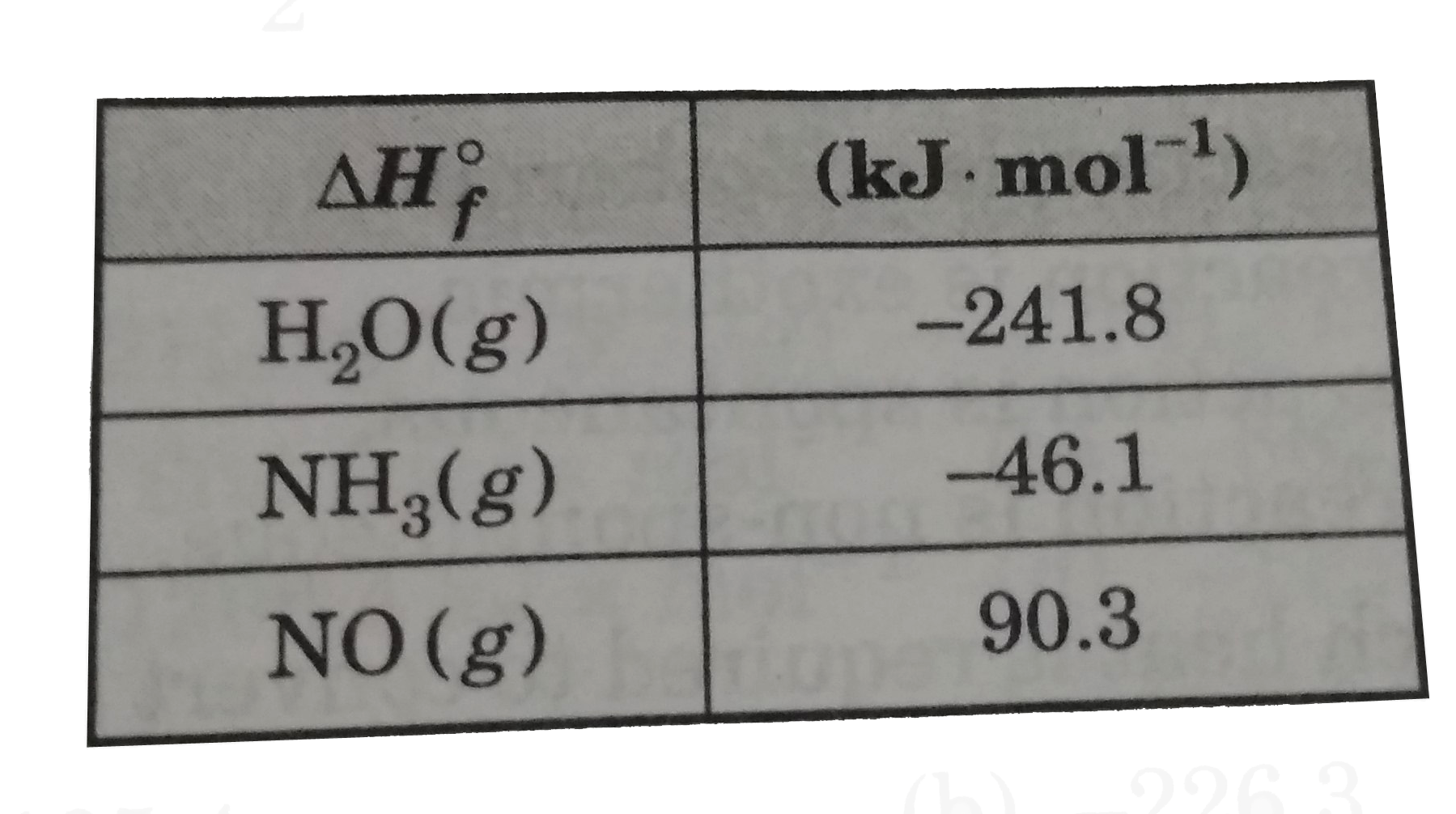use the thermodymanmic information :
12N2(g)+12O2(g)ΔH∘=90.4Kj/mol
12N2(g)+O2(g)ΔH∘=33.8KJ/mol
2NO2(g)→N2O4(g)ΔH∘=−58.0KJ/mol
to Calcualate ΔH∘ Kj /mol for the reaction :
2NO2(g)+O2(g)→N2O4
−171.2
−114.6
114.6
171.2
The correct Answer is:a
Topper's Solved these Questions
Similar Questions
Knowledge Check
given NO(g)+O3(g)→NO2(g)+O2(g) ΔH=198.9kJ/mol
O3(g)→3/2O2(g) ΔH=−142.3kj/mol
O2(g)→2O(g) ΔH=+495.0kj/mol
The entalpy change (ΔH) for the following reaction is
NO(g)+O(g)→NO2(g)A−304.1kJ/molB+304.1kJ/molC−403.1kJ/molD+403.1kJ/molNO(g)→12N2(g)+12O2(g),ΔH∘1
2NO(g)→N2O(g)+12O2(g),ΔH∘2
Which relationship is correct ?AΔH∘1=ΔH∘2BΔH∘fforNO(g)=ΔH∘1CΔH∘fforN2O(g)=ΔH∘2DΔH∘fforN2O(g)=ΔH∘2−2ΔH∘1Use the thermochemical data given to calculate Δh∘f for N2O5(g) in KJ/mol−1
N2(g)+O2(g)→2NO(g)ΔH∘=+180.5KJ
2NO(g)+O2(g)→2NO2(g)ΔH∘=−114.1Kj
4NO2(g)+O2(g)→2N2O5ΔH∘=−110.2KjA−332.8B−43.8C11.3D22.6
C(s)+O2(g)→CO2(g), ΔH=−94.3kcal/mol
CO(g)+12O2(g)→CO2(g), ΔH=−67.4kcal/mol
O2(g)→2O(g), ΔH=117.4kcal/mol
CO(g)→C(g)+O(g), ΔH=230.6kcal/mol
Calculate ΔH for C(s)→C(g) in kcal/mol
View SolutionDetermine ΔHrxn for the reaction in KJ .mol−1
2NH3(g)+52O2(g)→2NO(g)+3H2O(g).

View SolutionGiven C(graphite)+O2(g)→CO2(g),
ΔrH0=−393.5kJ mol−1
H2(g)=+12O2(g)→H2O(1),
ΔrH0=−285.8 kJ mol−1
CO2(g)+2H2O(1)→CH4(g)+2O2(g),
ΔrH0=+890.3kJ mol−1
Based on the above thermochemical equations, the value of ΔrH0 at at 298 K for the reaction
C(graphite)+2H2(g)→CH4(g) will be:
View SolutionThe enthalpy of vaporisation of liquid water using the data
H2(g)+12O2(g)→H2O(l),ΔH=−285.77kJ/mol
H2(g)+12O2(g)→H2O(g),ΔH=−241.84kJ/mol
is
View SolutionThe enthalpy of vaporisation of liquid water using the data
H2(g)+12O2(g)→H2O(l) , ΔH=−285.77kJ/mol
H2(g)+12O2(g)→H2O(g), ΔH=−241.84kJ/mol
View Solution
